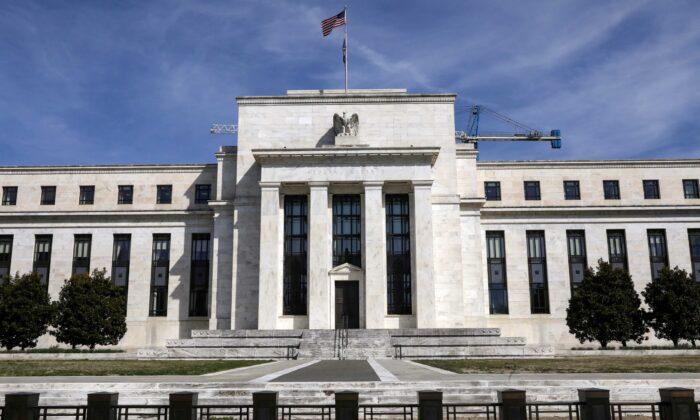A former Federal Reserve official said the central bank is likely to announce a tapering to its massive asset-buying program at a policy meeting in November and begin the process a month later, as investors look for clues when the central bank will begin withdrawing some of the support that has boosted markets.
“I think at the September meeting, they could disclose a bit more, but I doubt the final decision will be announced at the September meeting. I put a bit more probability on an announcement coming out of the November meeting, with the start of the actual tapering maybe a month or so later,” Lockhart said.
His remarks come as investors eagerly await signs of when the Fed will initiate the much-anticipated rollback of its massive $120 billion in monthly purchases of Treasury and mortgage securities, one of the crisis support measures the central bank deployed last year to help lift the economy from the pandemic recession.
The Fed’s bond-buying program, along with dropping the benchmark interest rate to near zero, have led to a sharp expansion of the money supply, boosting the economic recovery, buoying markets, and contributing to inflationary pressures.
Powell said that if further signs confirm the strength of the labor market recovery, this could make it “appropriate to start reducing the pace of asset purchases this year,” with some analysts predicting a possible announcement at the Fed’s next policy meeting over Sept. 21–22.
Lockhart believes that announcement won’t come until the Federal Open Market Committee (FOMC), the Fed’s policy-setting body, meets in November. He suggested this would give policymakers a longer window in which to weigh labor market data to determine if sufficient progress has been made towards the goal of maximum employment, setting the stage for a tightening of monetary conditions.
Consensus forecasts predict Friday’s non-farm payrolls number will come in at 750,000.
“I have no reason to believe that the employment situation will reverse, and the job gains will fall off a cliff,” Lockhart said, commenting on his expectations for the NFP release. “I expect a number that is north of 600,000, and conceivably in the 800,000 range, which is the average we’ve seen for the last three months. Having said that, the downside risk to the outlook is the Delta variant and how it plays out.”
Lockhart said the FOMC will be assessing signals to determine whether to delay the start of tapering, adding, “if we have a particularly bad next two months, it wouldn’t totally surprise me that they delayed the tapering decision. But as of now, it does not look like the base case.”
Ahead of the non-farm payrolls release on Friday, Dow and S&P 500 futures were up, Dow futures were down, the yield on the benchmark 10-year Treasury note rose, while the dollar held near monthly lows.





